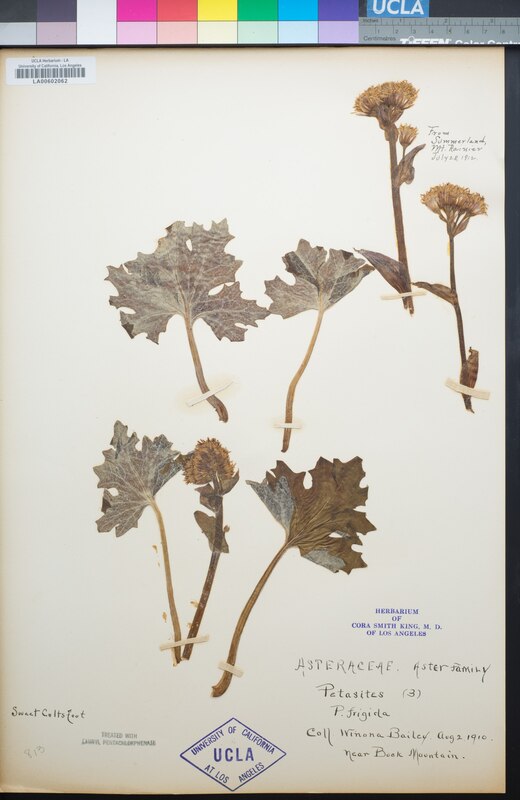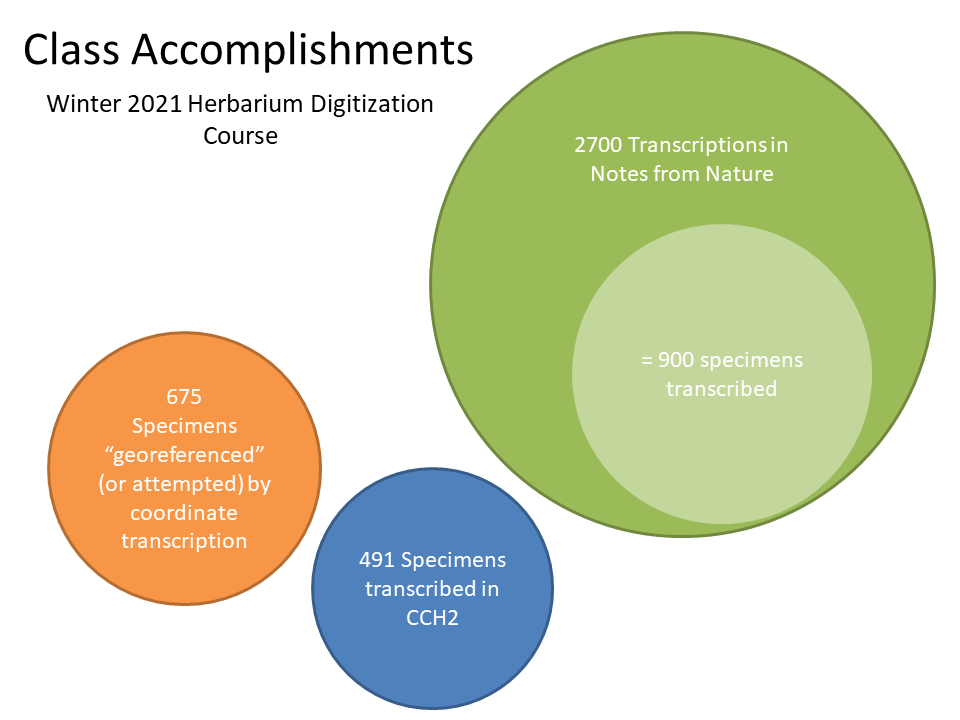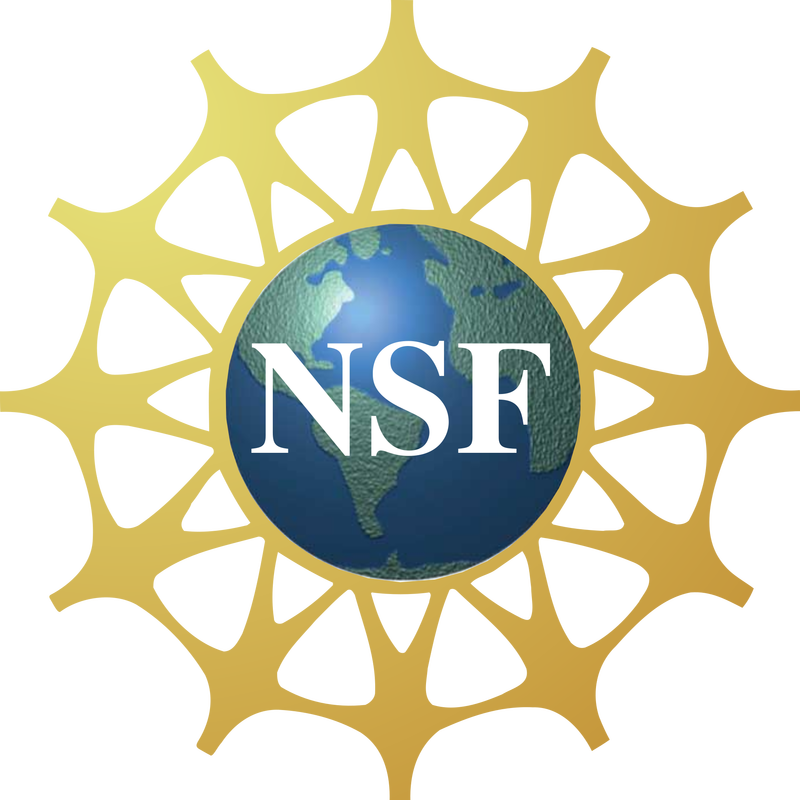Herbarium specimens tell not only stories of scholarly botanists on formal collecting expeditions; they also hint of epic travels of adventurers and nature-lovers, serving as small glimpses into past scenes of beauty and wonderment.
While transcribing online through Notes from Nature, an online volunteer by the username "lofl" discovered one such delightful example in the elegant script and delicate flowers and leaves mounted on 100-year old paper. Looking more closely, this volunteer recognized that the specimen represented, in fact, two separate expeditions in 1910 and 1912 to similar, but not identical locations.
The specimens were collected by Winona Bailey, an avid outdoorswoman and member of an outdoors club of Seattle, Washington called The Mountaineers. Still running today, this club leads hiking and mountaineering trips throughout the rugged Pacific Northwest. Winona Bailey was a Latin teacher by profession but adventurer by nature. She traveled the world, explored, and climbed mountains (even falling 75 ft. off of a mountainside at one point, receiving only minor injuries!).
In the 1910 mountaineering expedition, Winona Bailey joined forces with Dr. Cora Eaton to describe the botanical observations of the trip in the Mountaineers' regular publication The Mountaineer. Dr. Eaton was a strong, independent woman and herself a champion of the outdoors. She became the first woman to practice medicine in North Dakota in 1892 and was an active advocate for women's suffrage, even carrying a pennant proclaiming "Votes for Women" to the top of Mount Rainier on one expedition of the Mountaineers.
| In their "Report of the Botanists", Eaton and Bailey describe, with no absence of awe, the lush alpine lands they explored as part of the 1910 expedition to Mt. Rainier. They write of "great slopes of the avalanche lily (Erythronium montaum)" (20), "streams...lined with the great gorgeous crimson monkey flower (Mimulus lewisii)" (20), and "forests of yellow or bull pine (Pinus ponderosa)," whose "tall trunks with mottled orange brown bark and not a branch for twenty or thirty feet gave a color to the landscape that harmonized with the bright skies of Eastern Washington" (23). | 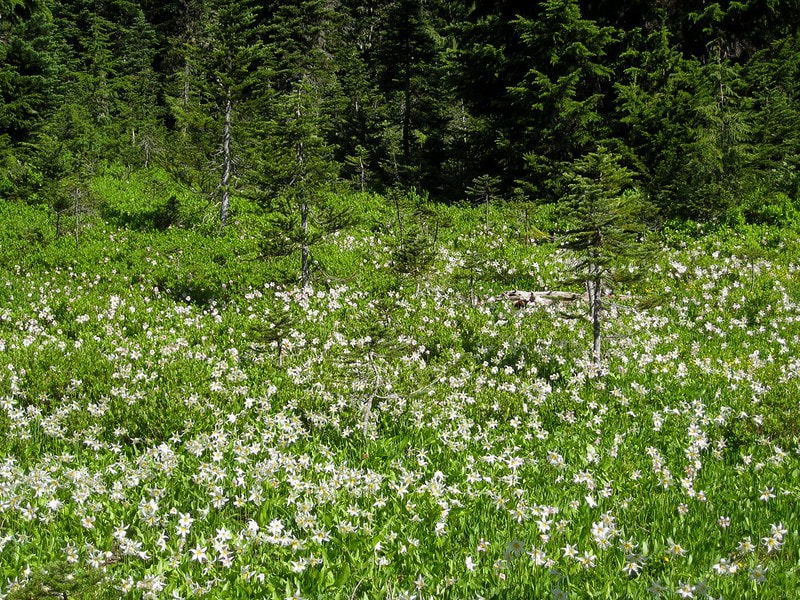 "great slopes of the avalanche lily (Erythronium montaum)", Photo credit: brewbooks |
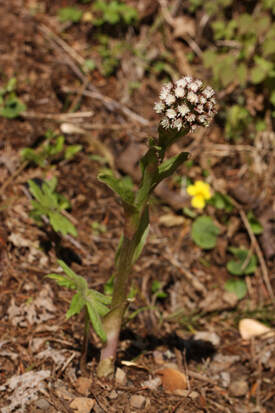
The species represented by this specimen, sweet coltsfoot (Petasites frigidus). ©2013 Walter Siegmund
Title: Petasites frigidus 2144.JPG CC-BY-SA
Title: Petasites frigidus 2144.JPG CC-BY-SA
Eaton and Bailey reported over 60 species of tree, wildflower, and shrub in this Mountaineer article, frequently commenting on the stunning beauty of each. "[N]othing more frequently claims the attention of the Mountaineer and calls forth his expressions of delight than the flowers that carpet the hillside, or hide modestly under cliff or brush" (18-19). Apparently, they and other botanists also collected voucher specimens during their journeys, allowing us to scientifically verify their observations. Perhaps more poetically, they enable us to peek into the past, perhaps catching a glimpse in our mind's eye of the glorious sights these adventurers and scientists beheld. Herbarium specimens tell us real stories of the people, places, and plants of historical times and hopefully help us preserve them for the future.
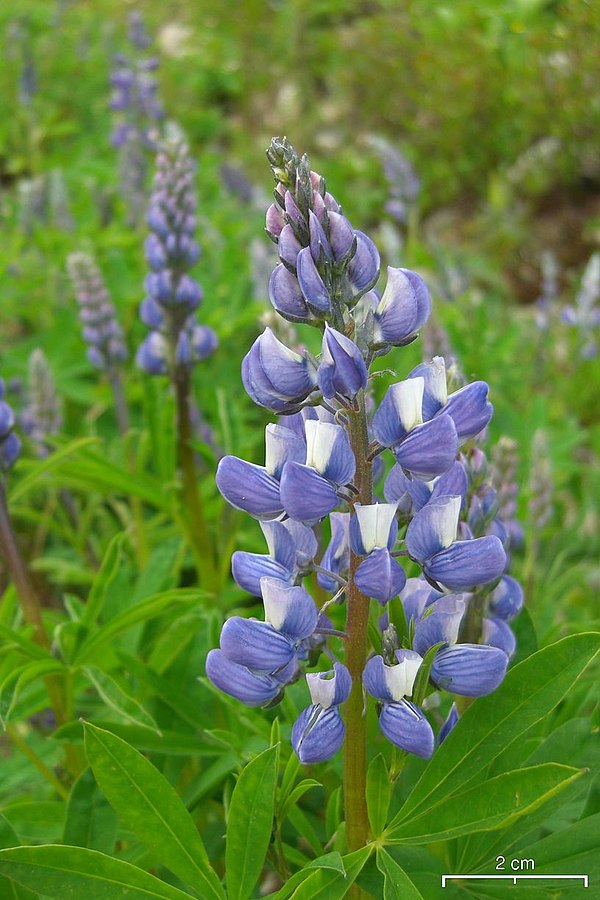
Lupinus latifolius var. subalpinus, one of the "blue" flower species dominating what the mountaineers dubbed "National hill", "because the effect was that of the colors of the flag" (p. 21).
PC: Jason Hollinger CC-BY 2.0
PC: Jason Hollinger CC-BY 2.0
Original Post
References/Further Reading
- Cora Smith Eaton. Wikipedia. https://en.wikipedia.org/wiki/Cora_Smith_Eaton
- The Mountaineer. 1910. Vol. III. https://www.mountaineers.org/about/history/the-mountaineer-annuals/indexes-annuals-maps/the-mountaineer-1910
- The Mountaineer. 1912. Vol. V. https://www.mountaineers.org/about/history/the-mountaineer-annuals/indexes-annuals-maps/the-mountaineer-1912
- University of Washington Museum of History and Industry. https://digitalcollections.lib.washington.edu/digital/collection/imlsmohai/id/9292
